She's Photographing Every Native American Tribe in the United States
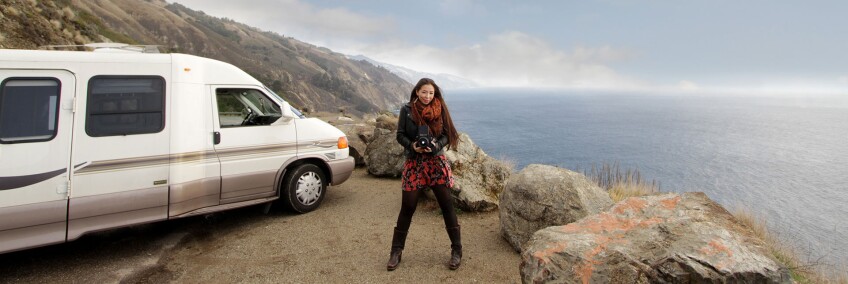

In her dream, Seattle photographer Matika Wilbur is riding the subway with a cup of coffee in her hand.
“I look to my left and I see these white people and they're speaking Diné Bizaad” and discussing the Navajo concept of hozho, or, balance, Wilbur said. “I look over to my right, and there are these folks that are black and they’re speaking Lakota and they’re feeding their children wild rice and buffalo meat.” Nearby, she notices Asian and Middle Eastern passengers also speaking indigenous languages.
“It always brings me to tears when I wake up,” Wilbur said, “because I realize what I’m dreaming about is a reality that didn’t erase indigenous intelligence, that didn’t erase indigenous languages or cultures but rather embraced them, that didn’t eradicate indigenous food systems but rather embraced them...”
It's that vision of “a future where modern society sees value in our indigenous knowledge,” that powers Project 562, Wilbur's ambitious mission to reveal the reality about Indian Country. By photographing people from every federally recognized tribe in the United States, and sharing their stories, Wilbur, a Swinomish and Tulalip tribal member, aims to change the way the world views contemporary Native Americans — and how they view themselves.
“Our children deserve a better narrative,” Wilbur, 31, said.
Wilbur grew up near the gateway to the San Juan Islands in Washington state. “I always grew up with a very strong sense of my Swinomish identity,” she said. “We’re the people of the tide. To be a [Swinomish] person you have [to have] a strong kinship and connectedness with the water. I grew up in a place where we were literally 10 steps from the beach and we studied the tide every day.”
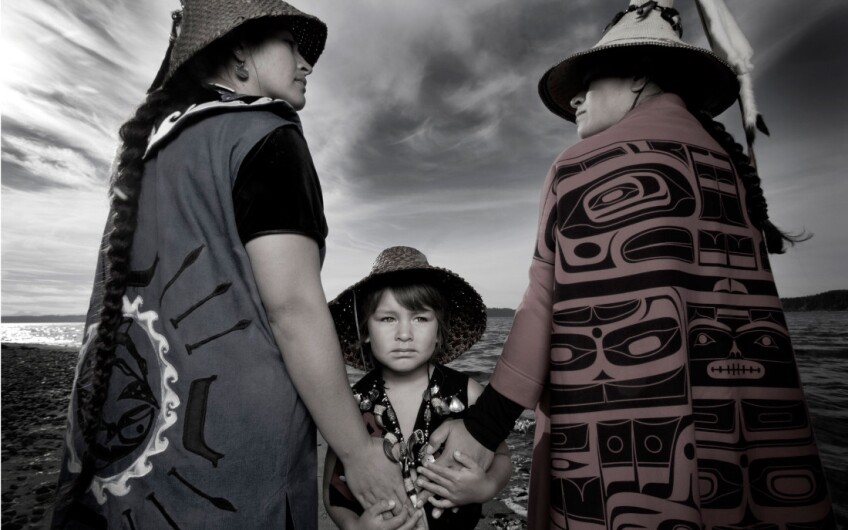
Wilbur credits two women with shaping her understanding of her indigenous heritage: her mother, Nancy Wilbur, a Native American rights activist and art gallery owner who studied with author and historian Vine Deloria Jr., and her great-grandmother, Laura Wilbur, who fought federal jurisdiction over tribal lands and worked to help form the National Congress of American Indians.
“It's not as though one grows up with a mother and a great-grandmother like that without knowing who they are,” Wilbur said. “I was taught really well in that way.”
At the same time, Wilbur was confronted with stereotypical images of Native Americans at an early age. “I don’t actually remember the first time that I realized that it was wrong. Maybe it was a John Wayne movie. ...Maybe it was 'Pocahontas' or 'Dances With Wolves,'” she said. “Those were all a part of my childhood.”

As she got older, Wilbur realized those stereotypes were “part of a larger system that is contributing to the ongoing oppression of Native people,” she said, noting that racial inequality is often “measured by body count.”
“I knew that I was going to more funerals than my white friends,” Wilbur said. “I knew that my friends that were brown were being raped more than my white friends. I knew that my brown friends were going to jail more than my white friends were going to jail. I knew that it was not safe to be a brown person.”
She also knew that she wanted to see that system change. But it took Wilbur, who studied at the Rocky Mountain School of Photography in Missoula, Montana, and Brooks Institute of Photography in Santa Barbara, some time to figure out how she could personally contribute.
While documenting indigenous communities in South America, the photographer dreamed that her great-grandmother told her to return home and begin photographing her own people.

Wilbur began with a series of portraits of Coast Salish elders, “We Are One People,” and further embraced the subject of contemporary Native American identity in the portrait series “We Emerge” and “Save the Indian, Kill the Man.”
The inspiration for Project 562 came while Wilbur was teaching at Tulalip Heritage High School. “During the five years I was teaching, we buried 19 students,” she said. “I remember being in lodges with other teachers and we'd say, 'What are we going to do? We have to create social change for these kids.'”
For guidance, Wilbur turned to her mentor, social psychologist Stephanie Fryberg, a member of the Tulalip Tribes who studies how social representation of race, culture and social class influences personal development and well-being.
“She [Fryberg] said, 'We're helping a lot of kids here. But if you were able to change the way we see Native America on a larger scale, you could help way more kids,” Wilbur recalled.
“This is what I can do,” Wilbur realized. “I'm a photographer. I'm a filmmaker. I can tell honest stories, and that's how I can participate.”
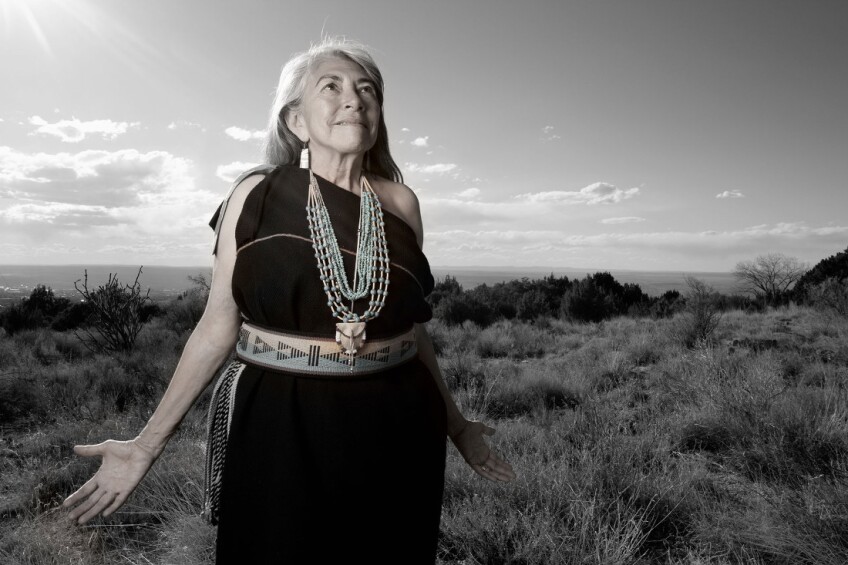
So the photographer started planning a massive portrait project named Project 562, after the number of federally recognized tribes at the time. (The Bureau of Indian Affairs has since added five more.)
“I thought, 'I'll fundraise, and if I make any money I'll go,'” recalled Wilbur, who raised nearly $249,000 through two successful Kickstarter campaigns. “All of the sudden I was packing my bags and hitting the road.”
Wilbur officially launched Project 562 on Nov. 28, 2012, at the tail end of Native American Indian Heritage Month. So far, she's photographed and interviewed members of about 400 tribes in communities across the nation — earning the attention of The New York Times, Huffington Post and O magazine, among others.
Wilbur, who often finds her subjects via social media, said she looks for “people that have stories that I would want to share with kids.” She photographs each person outdoors on indigenous land in a setting of his or her choosing, noting that “place tells a story as much as the portrait does.”
Wilbur's subjects span the spectrum from farmers to fashion designers, cowboys to educators, artists to activists. Some wear ceremonial attire, others street clothes.

“There's a beautiful transference of spirit that happens when a person is allowing themselves to be seen as a photographer sees them,” Wilbur said. “That is what I love about photography, is being able to connect with complete strangers in such an intimate way.”
Wilbur's evocative portraits of tribal leaders often draw comparisons to the work of Seattle-based photographer Edward S. Curtis, who embarked on an epic journey across the American West in the early 1900s with the intention of documenting the lives of Native Americans as yet untouched by outside influences. Over the next two decades, he encountered members of more than 80 tribes, capturing 40,000-plus photographs and more than 10,000 wax cylinder recordings of songs, music and speeches.
While some historians herald Curtis for the beauty and power of his images, some of which were published in a 20-volume set of books titled “The North American Indian,” others accuse the photographer, who sometimes stage-managed his shoots, of perpetuating the idea of the presumably primitive “noble savage.”
Although Wilbur acknowledges the importance of Curtis' work, “the inaccuracy of how we are portrayed just doesn't seem fair,” she told The New York Times in 2014.
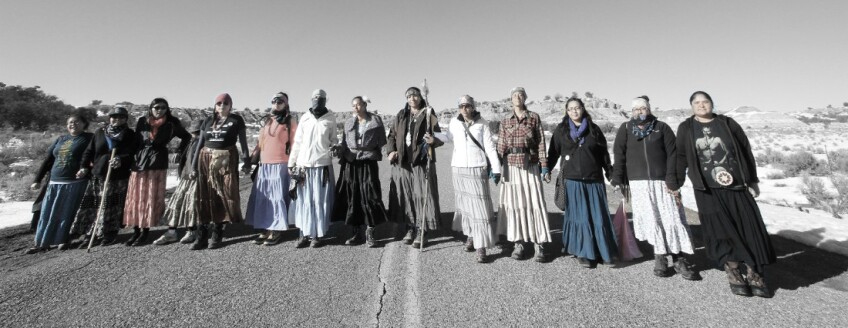
She hopes to set the record straight with Project 562, which will eventually expand to encompass books, a documentary, educational materials and museum exhibitions. Most recently, Wilbur's images, accompanied by written narratives and audio interviews, were showcased this spring at Harvard University in the solo show “Seeds of Culture: The Portraits and Stories of Native American Women.”
The photographer is in the process of inking a deal with Great Oak Press, founded by the Pechanga Band of Luiseño Indians in Temecula, to publish a book focusing on California tribes.
When she began Project 562, Wilbur said, “I didn’t realize the profound nature and powerful ways in which people would share their story with me and how that would affect my spirit. At first it was very difficult for me to learn how to be the carrier of so many stories and have it not break my heart,” she said. “I had to grow thicker skin. ...I had to trust that the Creator is taking care of me and the Spirit will move things accordingly and people will help me. I didn’t use to trust in humanity, and now I know that people are so good.”
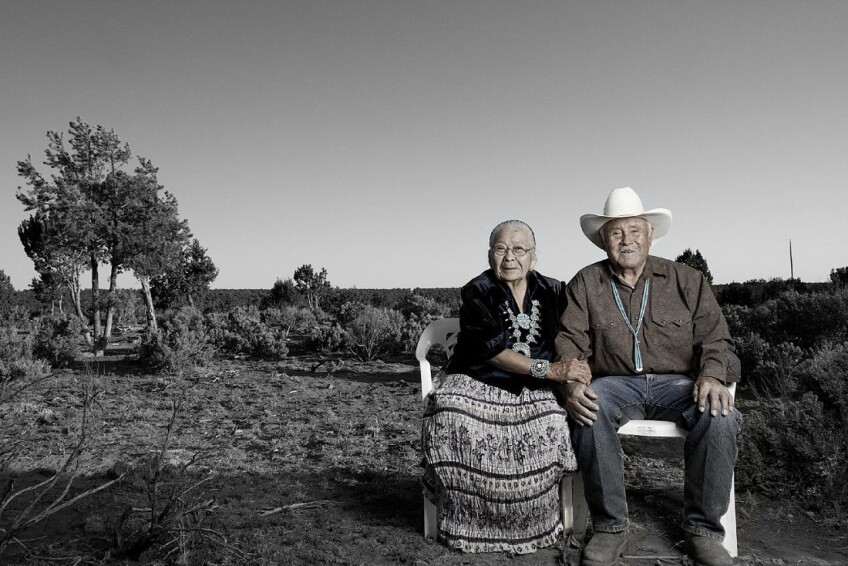
“Those are lessons I had to learn but [they] didn’t come without tons of sacrifice,” she continued. “My family misses me. I don’t have a place to live; I live in an RV. I’m on the road 350 days a year.
“It’s lonely and tiring, but it’s rewarding and it’s the work that needs to be done.”
Wilbur said her target audience for Project 562 is “Indian babies.”
“If this project reaches large, massive audiences, that’s cool,” she said. “But my goal is to create this new narrative for Native kids so they can see themselves differently. Because right now they don’t see themselves in mass media and pop culture, and when they do it’s in a stereotypical way that’s demeaning and oppressive.”
“I see those kids as my responsibility,” she said.

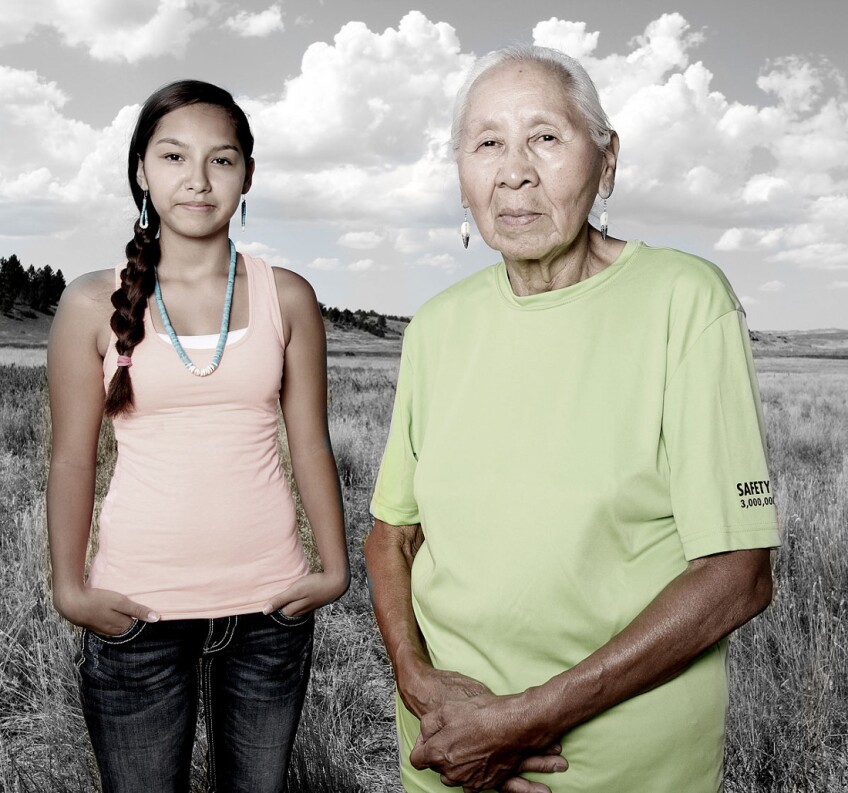
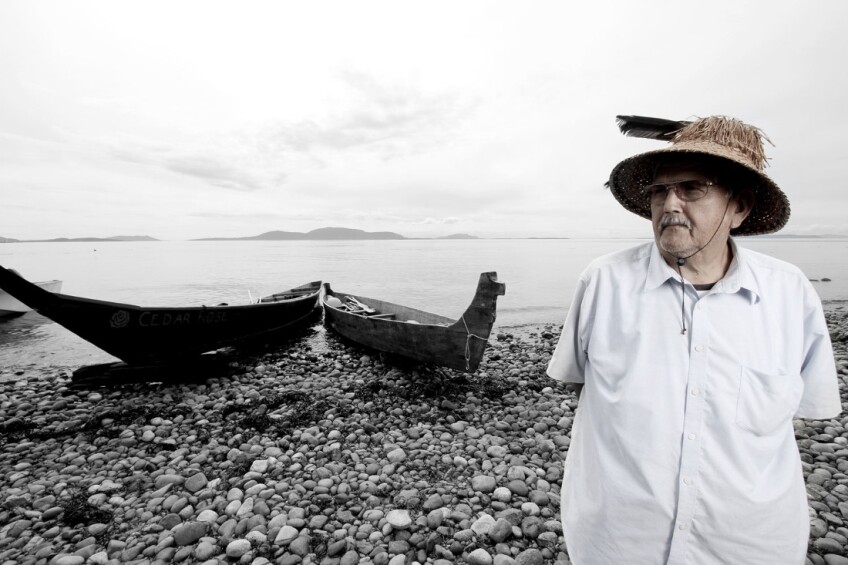

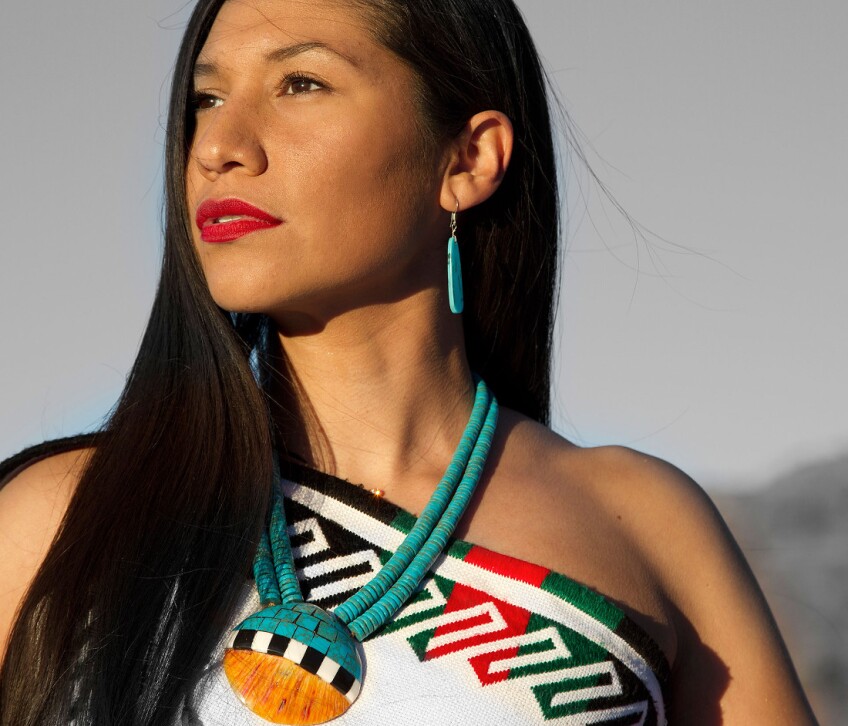
Top image: Matika Wilbur is on a mission to document all 567 federally recognized Native American tribes in the United States. (The Bureau of Indian Affairs has since added five more groups since Wilbur began her photography project.)
Dig this story? Sign up for our newsletter to get unique arts & culture stories and videos from across Southern California in your inbox. Also, follow Artbound on Facebook, Twitter, and Youtube.





